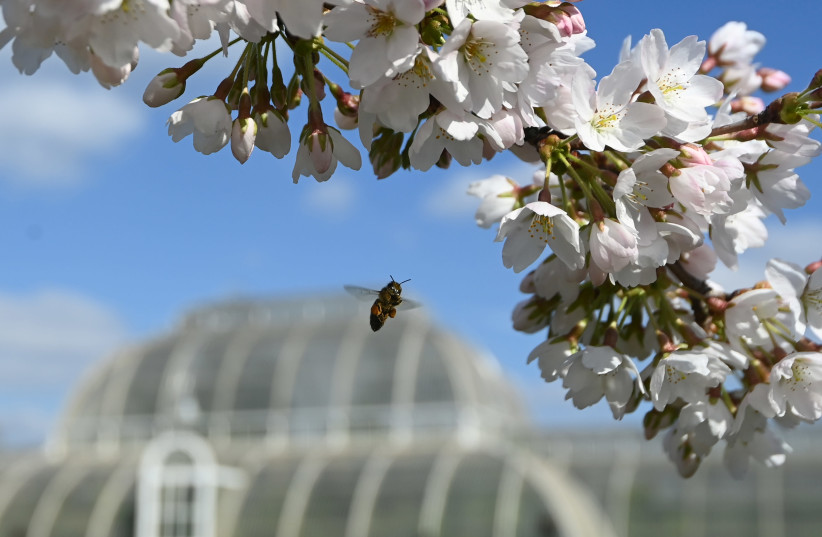As global temperatures rise, understanding how bees, essential natural pollinators of crops and of wildflowers, will respond is becoming increasingly critical. New research by scientists from Imperial College London and the Natural History Museum, London examined bumblebee wings from a variety of UK museums. The analysis reported signs of stress linked to increasingly hotter and wetter conditions.
Researchers say the findings, which were published Wednesday in the Journal of Animal Ecology, can help predict when and where bees will face most stress and potential decline in the future.
"Bumblebees may be in for a rough time over the 21st century."
Senior author Richard Gill
The study was conducted amid sharp plummet in bee populations. According to Bee Informed Partnership, a nonprofit organization that started conducting extensive annual bee surveys in response to colony collapse, wild bees declined by 23 percent from 2008 to 2013. Agriculture relies significantly on bees, which can perform much of the pollination farmers need, and contribute to crop production.
The study's senior author Richard Gill said the future isn't looking better for bees. “With hotter and wetter conditions predicted to place bumblebees under higher stress, the fact these conditions will become more frequent under climate change means bumblebees may be in for a rough time over the 21st century," Gill said.

In order to better understand the root of bee decline, and potential interventions, the research groups studied specimen dating back to 1900 of four UK bumblebee species. They reported evidence for stress getting higher as the century progressed from its lowest point around 1925. Further analysis showed that each bee species displayed a consistently higher proxy of stress in the latter half of the century.
With digital images, the group investigated the asymmetry in bumblebee wings as an indicator of stress. High asymmetry (very differently shaped right and left wings) indicates the bees experienced stress during development – an external factor that affected their usual growth.
"Learn from the past to predict the future"
So, what can be done to protect bees?
Study author Andres Arce, now at the University of Suffolk, explained that the study intends to "learn from the past to predict the future."
"We hope to be able to forecast where and when bumblebees will be most at risk and target effective conservation action," Arce continued.
